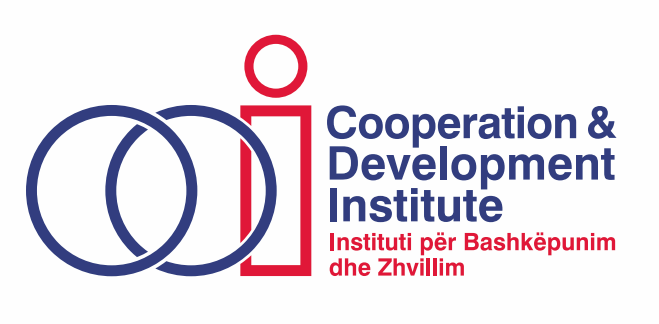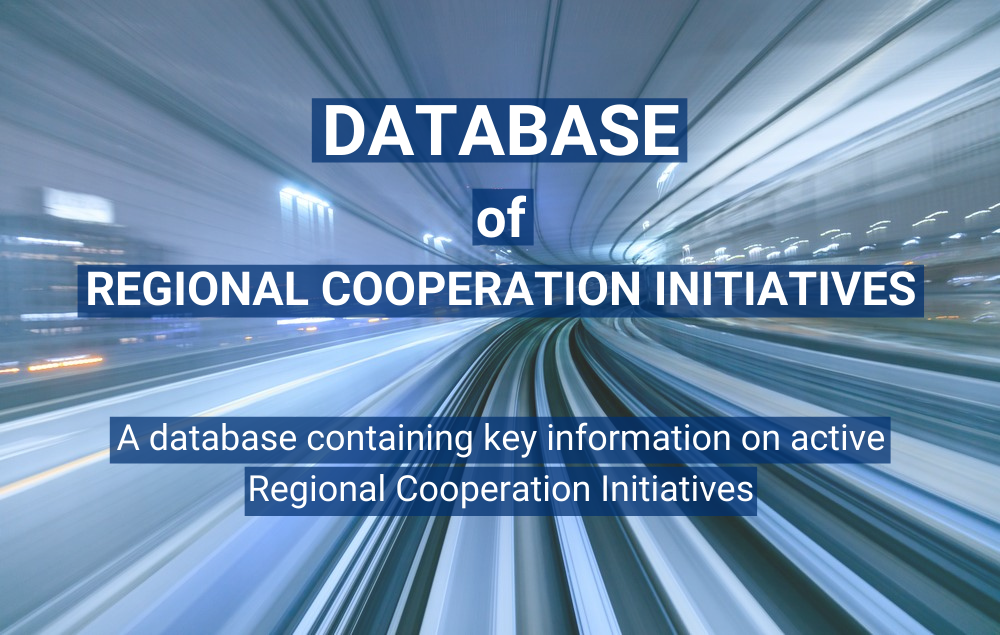In the framework of the Berlin Process Series and as an integral part of scoping and classifying SEE6 regional integration initiatives, projects and different activities, the latest CDI endeavour is the Regional Cooperation Initiatives (RCI) database. RCI is built upon an in-depth desk research work carried out by CDI between October 2016 – February 2017 and a re-scan of the RCI-s in 2020. The research has been conducted online based on the established websites and secondary sources such as media coverage or narratives from actors involved. We have looked for regional initiatives that involve the membership and active contribution at least until January 2019, involving a minimum of two state actors or stakeholders from SEE6 belonging to the executive branch (both at central and local level), or to the legislative and judiciary branches. To complete the view of regional cooperation we also have included initiatives carried on from non-state actors such as business, media, academia, and trade unions that have an explicit or implicit state support and / or backing. This mapping exercise of the regional cooperation initiatives shows that there are is part of at least 60 regional cooperation platforms. Donor-funded project-based activities have not been included at this stage.
In order to identify the main features of these regional cooperation initiatives, the mapping exercise has brought to light their constitutive status, institutionalization degree of each platform, its sector of activity, profile of membership, and the governance bodies and mechanisms. The constitutive status includes the year of establishment; its mission; the main sector of activity; and the involved stakeholders. Whereas the institutionalization degree focuses on the number of member countries and initiative’s headquarter.
Regarding the policy areas of cooperation, the identified regional initiatives cover a wide-range of issues. We have divided them empirically using the Regional Cooperation Council
classification, the EU sector approach taxonomy and our own judgement. As per their goal and objectives, most of these initiatives operate in the areas of (i) economy = 7, (ii) social = 12, (iii) internal affairs = 14 and (iv) multi-area = 9 and v) political or diplomatic = 6.
Shifting to the profile of the stakeholders, the majority of these initiatives have an inter-governmental nature (56%), bringing so in focus the role of the executive and the limited involvement of non-governmental actors.
In terms of institutionalization, the majority of the regional cooperation initiatives have an established headquarter (18 in SEE6 and 24 out of the SEE6 region) and in some other cases rotating headquarter among the members.
Findings from this observation have identified features that are essential for an RCI to be successful. They require that an RCI must have input legitimacy, in becoming useful or providing targeted benefits to the members involved; they must have throughput legitimacy: meaning that they must be viable and equipped with efficient good governance mechanisms; and that they must have output legitimacy: in producing actions and deliverables that impact its target group of beneficiaries.
In our observation we have looked upon the evolution of an RCI, considering it as a very important process in the dynamics of an RCI. From our analysis we have deemed sustainability and resilience building as keystone features for such platforms. Factors that have proven from best practices to be indispensable include the i) the ability to specialise in a certain area of work or specific sector of cooperation; ii) the ability to identify challenges and provide adequate responses to them and iii) the ability to acquire support, should it be political or financial, from key stakeholders.
Regional cooperation in the South East Europe in general and the many concrete initiatives that support it, are generally assessed as bringing a positive contribution in the policy areas they cover. However they share some cross-cutting challenges regarding the: (i) avoidance of overlapping and need for better coordination; (ii) need for better use of existing resources (financial, legislative and institutional) / promotion of best practice / enhancement of local ownership through a better involvement of citizen, grass-root movements and civil society organisations (iii) a better designed and transparent monitoring and evaluation system including clearly defined indicators and targets (iv) financial resources optimisation and, (v) an effective evaluation of the tangible benefits felt by the local population.
After a quarter of century of regional cooperation at high political level, the process can only benefit by its extension to other strategic local stakeholders. Therefore, the inclusion of the civil society and an intensification of participation of business community in existing SEE6 RCIs where they are directly impacted need to be further explored and developed. Also, an increased support and government backing of new SEE6 CSO and / or business RCIs is required in close coordination with different existing foreign donors. SEE6 governments should be more supportive especially vis-a-vis CSO initiatives given the very limited amount of resources those structures poses. Finally, SEE6 CSO and businesses should be considered as partners in bringing forward the regional cooperation process, as well as bringing it close to the citizens in the region.
CDI is aware that this latest addition of ORC needs further completion. Regional integration is a dynamic endeavour. Herewith we would be grateful to any input / critique / correction / suggestion / proposal that we receive and that contributes in improving the RCI database. You can contact us at: info@cdinstitute.eu


